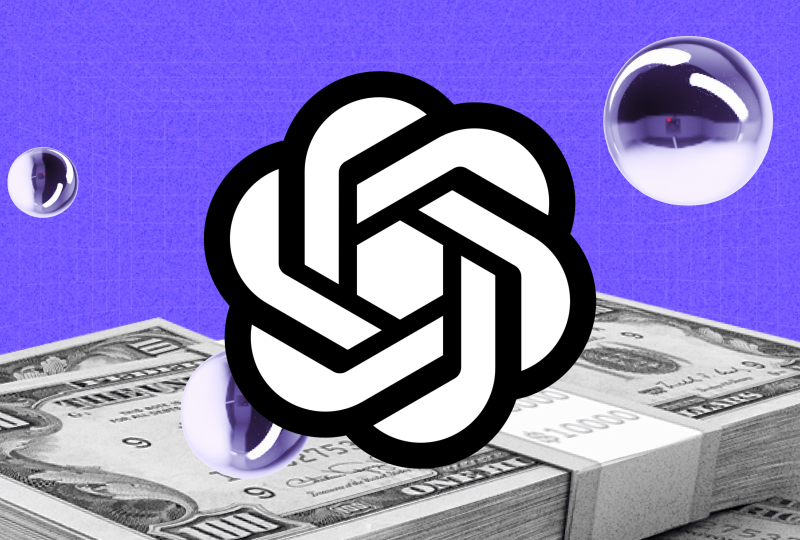Bitcoin Reclaims the $50,000 Mark: Here’s What the Experts Say
Aug 24, 2021

For the first time in three months, Bitcoin has crossed the $50,000 price barrier, bringing its market capitalization closer to $1 trillion.
Since its last dramatic collapse in July, when its price fell below $30,000, the largest cryptocurrency by market capitalization has been steadily rising. Since it's all-time high of $64,829 in April, the token has been shaken by multiple flash collapses, leaving traders in uncharted terrain.
Bitcoin hit a 24-hour high of $50,428 in the early hours of August 23, with nearly $3.7 billion changing hands in the same time frame as buyers and sellers flocked in. As of 1:40 p.m. BST, its entire market capitalization was $946.5 billion.
Other cryptocurrencies saw a sea of green as a result of the bitcoin rally, with ether increasing 2.7 percent, cardano jumping 8.5 percent, and XRP rising 3.5 percent.
It comes as PayPal announced that its cryptocurrency service will be extending to the United Kingdom, allowing its first foreign users to buy, trade, and store cryptocurrencies.
The $50,000 level has long been seen as a psychological barrier for traders, with a rise above it considered to indicate future market confidence in bitcoin. However, with the US Federal Reserve's annual meeting this week, some are predicting a resurgence of volatility.
“It's widely believed that [Fed chair Jerome Powell] will use this highly anticipated speech to set out his plans to normalize monetary policy, and this will almost certainly be the major focus of the financial markets during next week. Heavy volatility is anticipated," warned Mati Greenspan, a crypto investor and CEO of research firm Quantum Economics.
“With bitcoin targeting $50,000 as a psychological threshold and looking for a big break, maybe this weekend, an unwinding Fed might cause a slew of issues. However, I believe the chances of the central bank making any significant adjustments are little to none.”
Journalists asked experts what the rise above $50,000 means for bitcoin and cryptocurrencies, as well as what investors can anticipate next.
Simon Forster, Co-Head of Digital Assets at TP lcap
“While the price of bitcoin continues to dominate headlines, we aren't seeing the same amount of sensitivity to it as we have seen in prior price movements. Our conventional customer base is continuing to develop and implement solutions that enable them to connect with and access this new asset class, and this has been steady throughout 2021, despite the fluctuation in bitcoin's price.
The focus is on price regulation, which is a developing narrative for institutional adoption that we expect to become more obvious as we approach 2022.”
Sarah Coles, Personal Finance Analyst at Hargreaves Lansdown
“The last time we were in this type of area was in May, just before bitcoin lost over half its value due to a sell-off. Speculators perceive [PayPal's announcement] as yet another evidence of crypto's mainstream adoption, as another well-known brand joins the fray.
However, we do not yet know how many companies will begin taking cryptocurrency through PayPal. Even among those who do, currency volatility implies they may wish to convert back into sterling as quickly as possible to avoid being stymied by currency fluctuations. It means [PayPal's entry] may not have a major impact on demand for the currency, making this a speculative, sentiment-driven surge.
Central banks are considering launching their own coins, and asset managers are increasing their crypto offerings, indicating that bitcoin is certainly heading into the mainstream. However, it is still a very dangerous and speculative wager. Any market driven purely by speculation is prone to dramatic rallies and stunning crashes, so the rollercoaster ride is far from over.”
Ryan Moore, Chief Executive of London-Listed Digital Asset Manager Mode
“What we're finding is that complying with regulations doesn't prevent innovation or disruption; rather, it allows the sector to flourish. A rise in investor confidence – both institutional and retail – goes hand in hand with an improvement in security and transparency.
As investor interest grows, global regulators will inevitably engage with sector participants, which is why incumbents must demonstrate that consumer safety is a top priority by embracing regulation. As bitcoin establishes itself as a long-term store of wealth, investors will increasingly want this assurance.”




